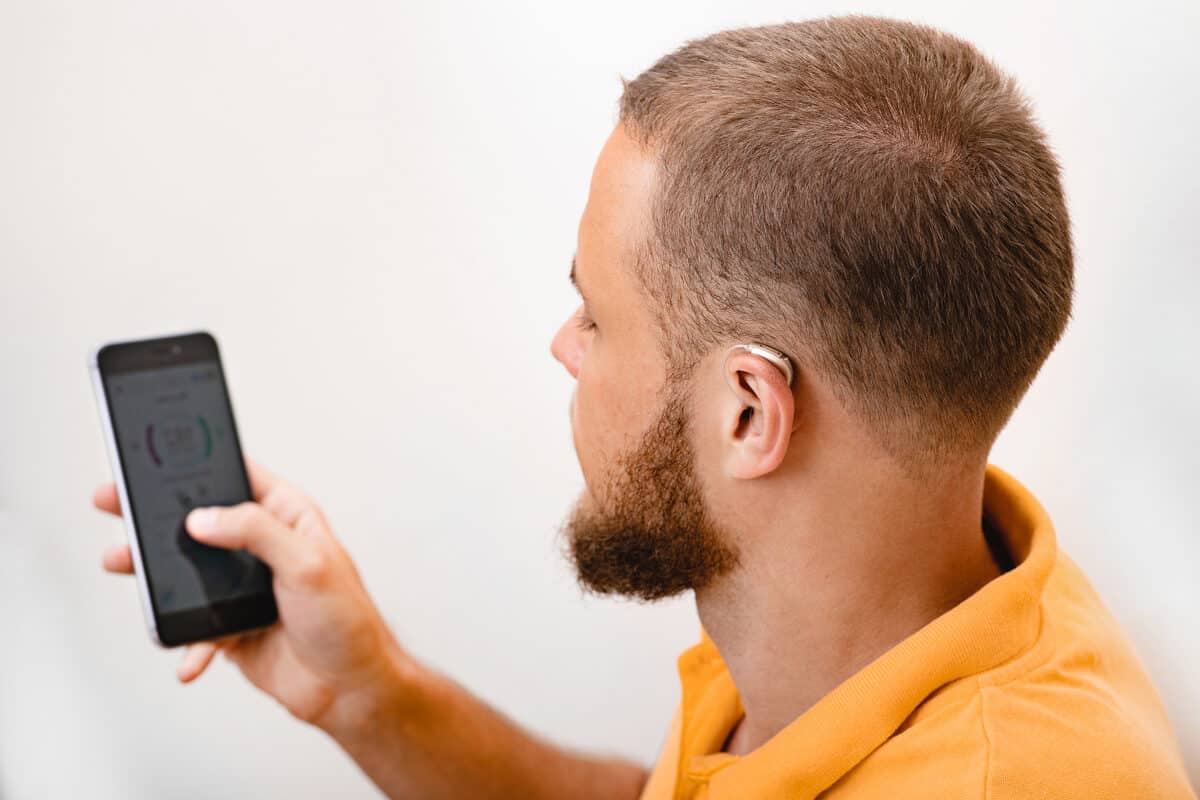- How to Recognize the First Signs of Hearing Loss - June 5, 2025
- Understanding the Connection Between Tinnitus and Weather - May 17, 2025
- The Most Unexpected Reasons Hearing Aids Can Malfunction - May 9, 2025
People with hearing loss face unique challenges in their daily lives. Many situations that can be easily noticed by those with typical hearing may go unnoticed by individuals with hearing impairments. This is where alerting devices make a significant difference. These devices are designed to grab the attention of hearing-impaired users through other senses, like sight or touch, instead of sound. Using alerting devices can vastly improve independence and safety for those with hearing loss.
Making Homes Safer with Everyday Alerts
Smoke detectors rely on loud alarms to signal danger. Since traditional smoke detectors can be insufficient for someone with hearing loss, specialized smoke detectors with flashing lights or bed shakers can warn them of danger. Similarly, carbon monoxide detectors can include visual strobes or tactile vibrations to convey urgent messages. These adaptations ensure a safer living environment for those with hearing impairments, reducing the risk of accidents and improving overall well-being.
Use Visual Doorbells and Phone Alerts
Traditional doorbells may not be heard clearly by someone with hearing loss but visual doorbells that flash lights when pressed can signal visitors effectively. These visual indicators are particularly helpful in busy or noisy environments, ensuring notifications aren’t missed. When a standard phone rings, it may go unheard. Devices that flash or vibrate when there is an incoming call can alert users, ensuring that important calls are not missed. Some advanced systems even convert speech into text, providing real-time captions during the call. This technology bridges the gap, making communication more seamless and inclusive.
Smart Alerts are Invaluable
Smart home systems can integrate alerting features tailored to users with hearing loss. These smart systems can notify homeowners of various events, like doorbell rings, baby cries, or even household appliance alerts, all through mobile notifications, flashing lights, or vibrations. Furthermore, these smart devices can be easily customized. Users can select specific patterns and types of alerts depending on their preferences. This customization ensures that alerts are noticeable and appropriate for the user’s needs, blending functionality with user-friendly design.
Wearable Technologies
Wearable technologies are devices worn on a belt or the wrist, like a watch. They can vibrate or flashlights when there are important notifications to be addressed. From smartphone alerts to reminders for taking medication, wearables can help manage daily activities effectively. They also offer a means to stay connected without the need for attention-grabbing sounds.
Some wearable devices can also monitor health parameters. For instance, fitness trackers can keep track of physical activities and overall health. These features support a holistic approach to well-being, promoting active and healthy lifestyles.
Maintaining Hearing Health in the Best Way
While alerting devices provide innovative solutions, it is important to maintain hearing health through regular exams. A hearing health exam can identify any changes in hearing abilities. Early detection of hearing loss allows for timely interventions and appropriate device selection. This proactive care ensures that users continue to benefit from the best technology available to support their needs.
During a hearing health exam, we can also recommend specific alerting devices tailored to individual needs. These personalized suggestions make a significant difference in the user’s daily life, improving both safety and independence.
Summing Up the Impact
Alerting devices are indispensable for those with hearing loss. From enhancing safety at home to ensuring effective communication and encouraging a healthy lifestyle, these devices cover various aspects of daily life. By incorporating visual and tactile alerts, smart technologies, and wearables, individuals with hearing impairments can lead more independent and secure lives. Regular hearing health exams further support their needs by providing tailored solutions and early interventions. Through these thoughtful designs and technologies, the world becomes a more accessible place for everyone.

